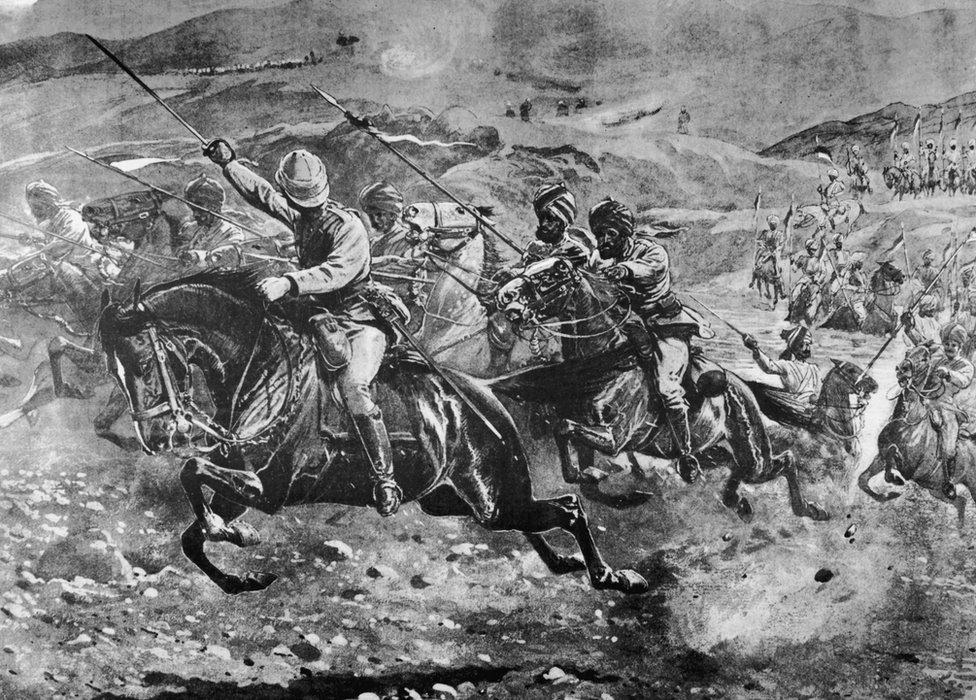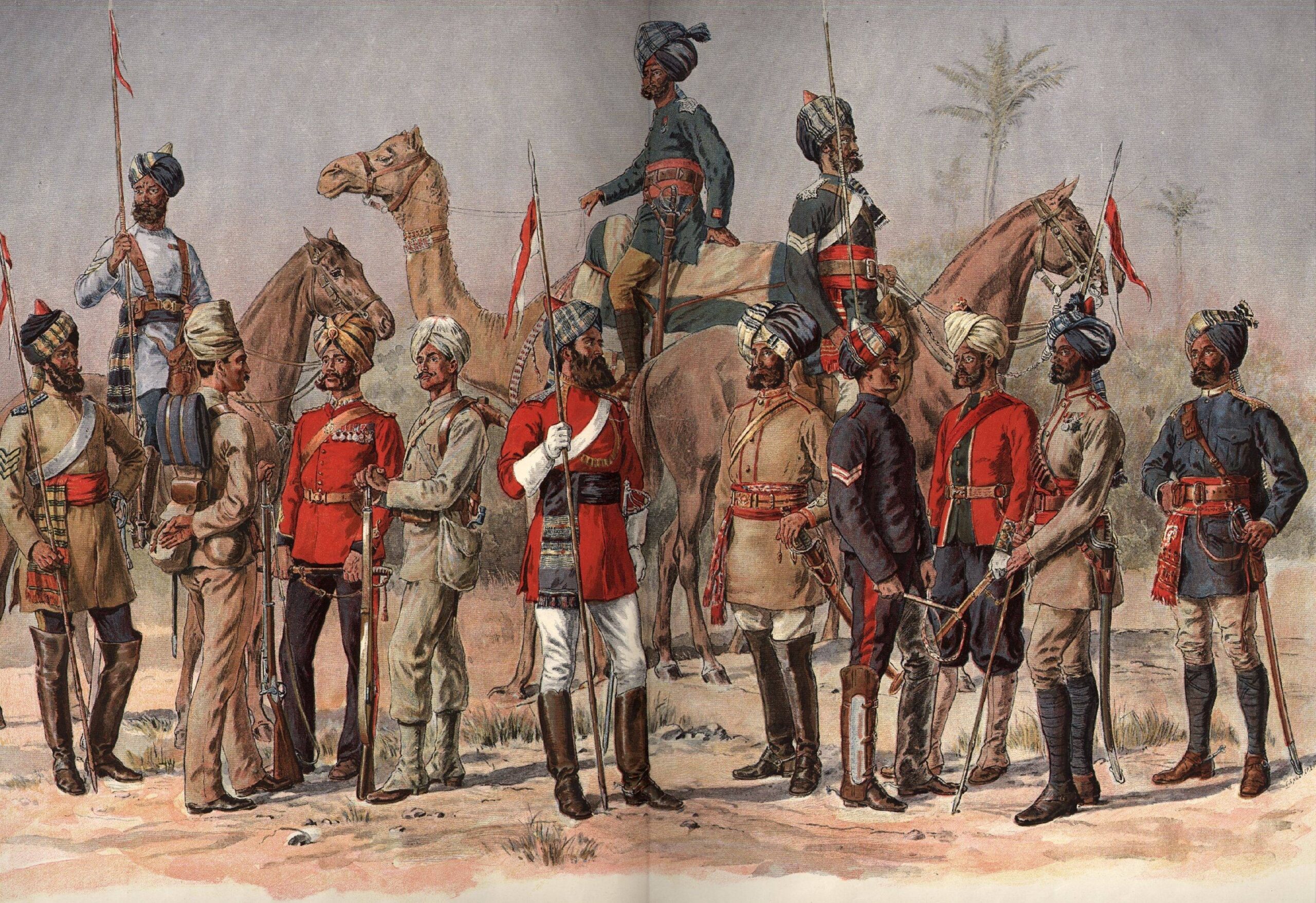Introduction
The establishment of the British Raj in 1858 formalized the transfer of power from the British East India Company to the British Crown, inaugurating direct imperial rule over India after the suppression of the 1857 rebellion. The shift was enacted by the Government of India Act, 1858—styled “An Act for the Better Government of India”—and publicly proclaimed in a grand durbar at Allahabad on 1 November 1858, when Lord Canning read Queen Victoria’s Proclamation to the “Princes, Chiefs and Peoples of India”.

Why the Raj Was Created
The Indian Rebellion of 1857 exposed the structural weaknesses of Company rule and convinced British policymakers that a commercial corporation should no longer govern a vast overseas territory. Parliament therefore passed the Government of India Act on 2 August 1858, abolishing the Company’s governing role and vesting its territories, revenues, and powers in the British monarch.
Government of India Act, 1858: Core Provisions
- Transfer of power: All territories, powers, and revenues of the East India Company were vested in the British Crown, ending Company rule in India.
- New ministerial control: Creation of the office of the Secretary of State for India, a British Cabinet minister to direct Indian affairs from London, assisted by a 15‑member Council of India.
- India Office in London: The Company’s Court of Directors and the Board of Control were replaced by the India Office under the Secretary of State, forming the metropolitan executive for Indian governance.
- Viceroy in India: The Governor‑General became also the Viceroy, the direct representative of the Crown in India, signaling the new constitutional relationship.
- Communications and powers: The Secretary of State could issue secret or urgent instructions to India, underscoring centralized imperial control.
- Administrative continuity with reforms: The Act retained the Government of India’s internal executive councils and enabled further development of civil services under Crown authority.
These measures “centralized” imperial authority, replacing Company oversight with ministerial direction in London and viceregal execution in India—foundational structures that defined the Raj until 1947.
Queen Victoria’s Proclamation (Allahabad, 1 November 1858)
At a durbar in Allahabad, Lord Canning announced the Queen’s Proclamation, which declared the Crown’s assumption of government and laid out key policy principles:
- Treaty guarantees and princes’ rights: A pledge to scrupulously maintain existing treaties and to respect the “rights, dignity, and honor” of India’s princes, disclaiming any desire for territorial aggrandizement.
- No annexation policy: A public renunciation of routine expansion and assurance to native states—an explicit departure from policies like the Doctrine of Lapse.
- Religious neutrality and inclusion: Commitment to non‑interference in religion and to impartial admission to offices “of whatever race or creed,” conditioned on merit.
- Governance in the monarch’s name: Formal affirmation that India would be governed by and in the name of the Sovereign through the Secretary of State and the Viceroy.
The Proclamation thus provided the Raj’s constitutional and moral charter, designed to reassure princes and subjects after the upheaval of 1857.
New Imperial Machinery
- Secretary of State and Council: A powerful Cabinet minister, aided by a statutory council of 15, directed Indian policy; the council’s role was advisory, and in urgent or secret matters the minister could act without it.
- India Office: A dedicated department of state in London managed the despatch system and archives, institutionalizing metropolitan control over Indian governance.
- Viceroy’s dual role: In India, the Governor‑General also acted as Viceroy, embodying the Crown’s sovereignty and coordinating with provincial governments.
This reorganization abolished the Company’s Court of Directors and the Board of Control, bringing Indian governance squarely under the British state.
Immediate Political-Administrative Effects
- Direct Crown rule: India became a direct possession of the British Crown, ending the Company’s corporate sovereignty and the dual system under earlier statutes.
- Recalibrated princely relations: The Proclamation stabilized relations by affirming treaty sanctity and abandoning annexation as routine policy, fortifying the Raj’s alliance system.
- Consolidation of services: The Indian Civil Service and executive councils continued under Crown authority, with renewed emphasis on meritocratic recruitment (albeit with tightly limited Indian inclusion in practice in the early decades).
- Symbolic changes: The Governor‑General’s redesignation as Viceroy signaled the constitutional subordination of India to the British monarchy.
Key Dates
- 2 August 1858: Royal assent to the Government of India Act, 1858.
- 1 September 1858: India Office and Secretary of State for India in Council established in London.
- 1 November 1858: Queen Victoria’s Proclamation announced at Allahabad durbar by Lord Canning; Crown rule formally proclaimed in India.
Significance
The 1858 settlement created the constitutional framework of the British Raj by:
- Substituting Company rule with Crown sovereignty and ministerial responsibility in London.
- Establishing the Secretary of State, India Office, and Council as the metropolitan command structure.
- Recasting the Governor‑General as Viceroy to execute imperial policy in India.
- Issuing a policy Proclamation to reassure princes, promise religious neutrality, and commit to governance by law and merit.
Together, these measures transformed India’s governance into a centralized imperial system that endured—through subsequent constitutional reforms—until independence in 1947.

Quick Facts
- Legal instrument: Government of India Act, 1858 (“Act for the Better Government of India”).
- Who ruled after 1858? The British Crown, acting through the Secretary of State for India and the Viceroy.
- Where was Crown rule proclaimed? Allahabad durbar, 1 November 1858, by Lord Canning.
- What changed most visibly? Abolition of the Company’s governing organs; creation of the India Office; Governor‑General became Viceroy.
- Core pledge to princes: Maintain treaties; no routine annexations; respect rights and dignity.
These foundational changes defined the British Raj’s constitutional order and political posture in the aftermath of 1857.




